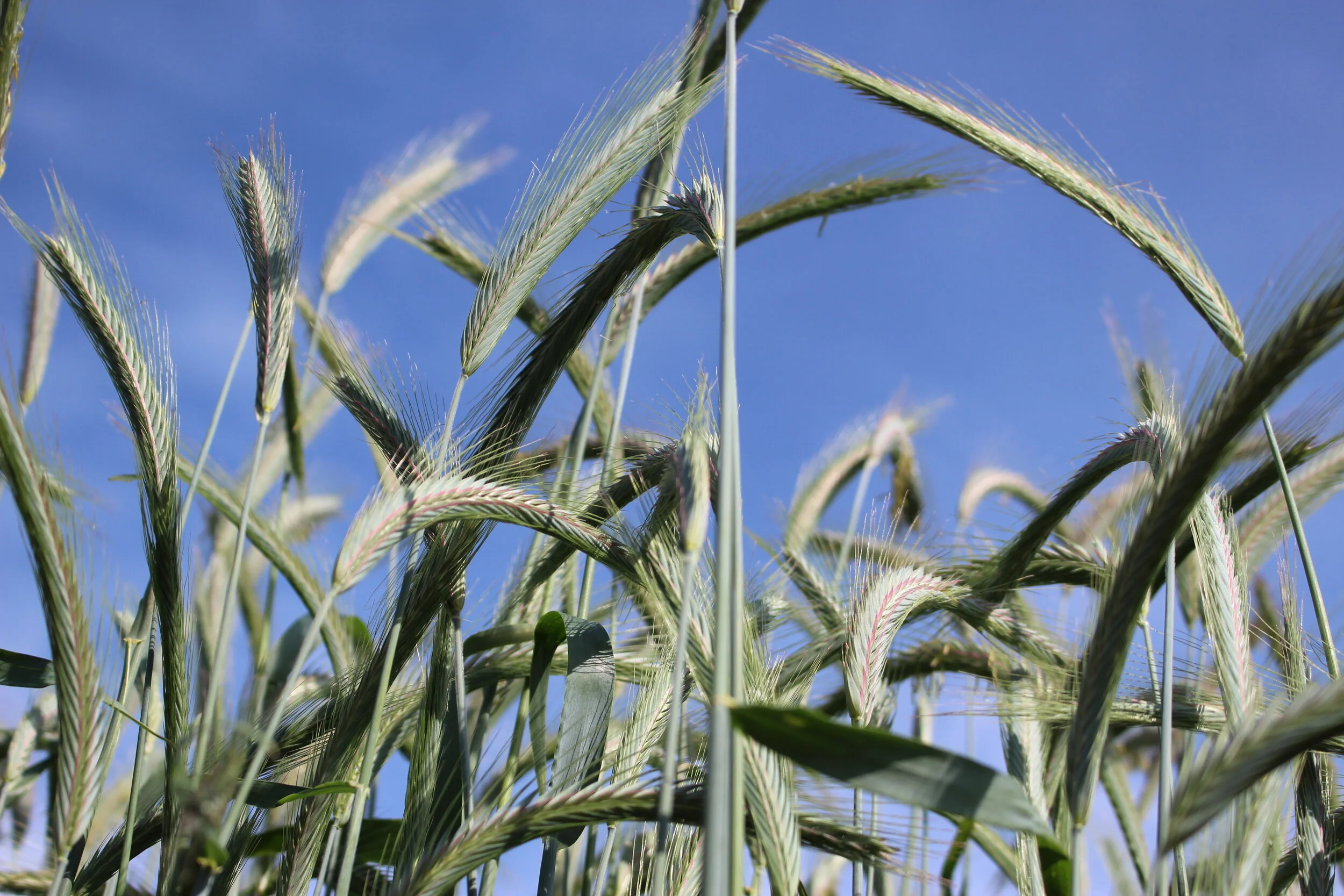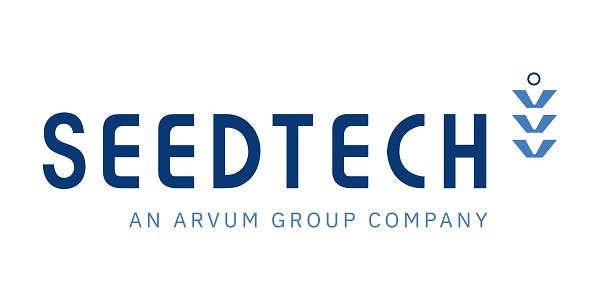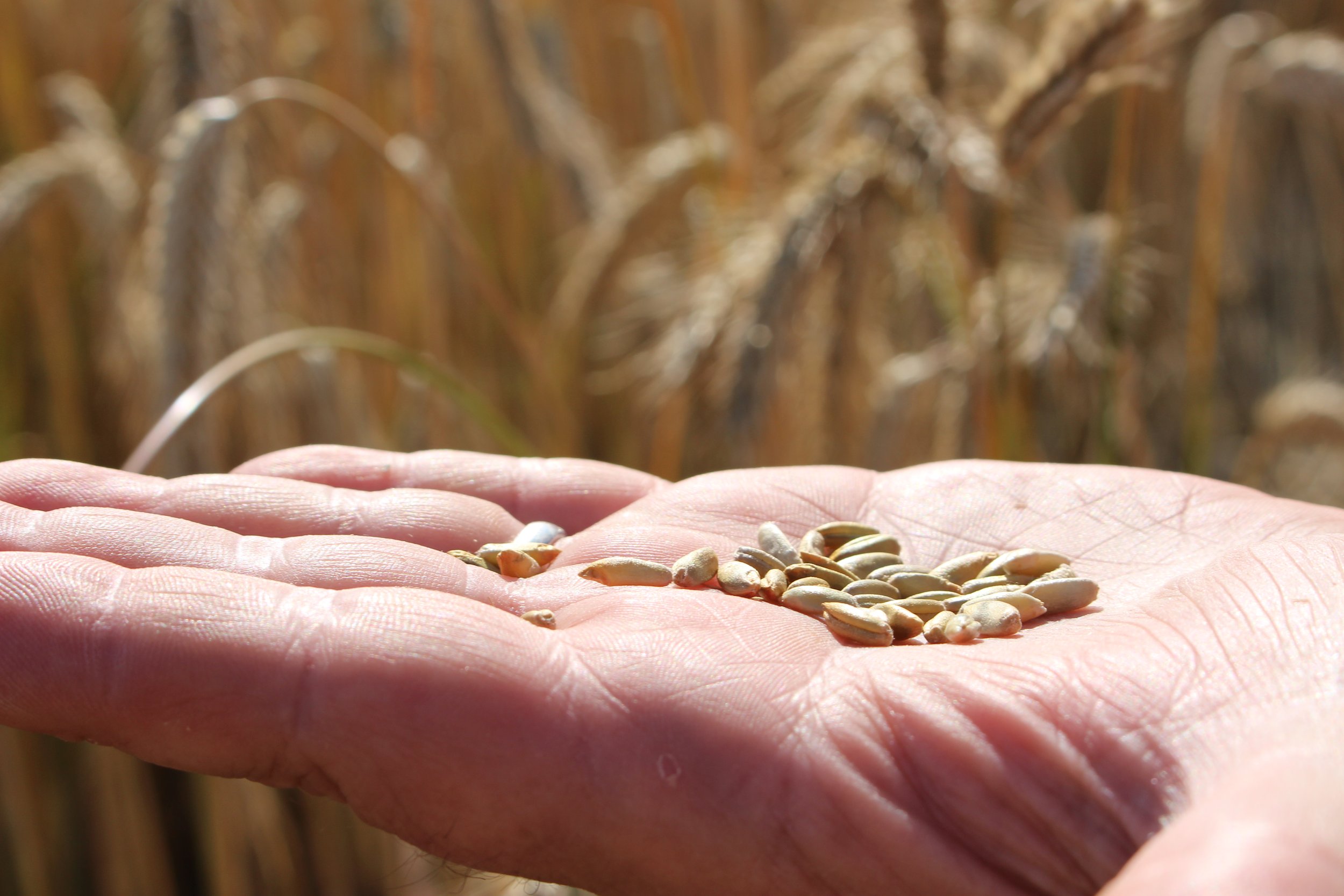
KWS Tayo
A sustainable crop grown using less inputs and generating high yields of grain and straw.
Strengths
Exceptional farm performance 2017 - 2025 (c 4.2t/ac grain yield, 18 round straw bales/ac)
Hybrid Rye consumes approximately 25% less water per tonne of grain compared to wheat
Hybrid Rye uses less nitrogen fertiliser and fewer pesticides than wheat
Agronomic Characteristics
Can be sown from mid-September - tolerates BYDV & Take-all
Less fungicides & nitrogen than winter wheat
Very secure harvest with very low risk of head losses, sprouting and Fusarium
Very suitable for whole-crop and grain markets are developing
Extremely drought tolerant. Hybrid Rye outperforms wheat and barley in dry sites and dry seasons
Suitable for pig feed – Hybrid Rye has a higher lysine amino acid content than other cereals, and it promotes satiety in pigs and results in fewer digestive upsets.
“Hybrid Rye will be a mainstream crop driven by its agronomics and animal performance in feed rations. Hybrid Rye has a bright future as a crop and is entirely suitable to animal feeds.”
Teagasc Research into the benefits of feeding Hybrid Rye to pigs
Research supported by Seedtech
Rye in growing-finishing pig diets with Dr Peadar Lawlor, Teagasc and Tim O’Donovan, Seedtech
More on Hybrid Rye
Getting the most from Hybrid Rye
Drill 200 seeds/m2 (100 kg/ha) from mid Sept to early October
Drill into take-all prone sites for maximum benefits
Apply plant growth regulator early, often and at robust rates in spring
Drill shallow (less than 5cm, watch for slugs





